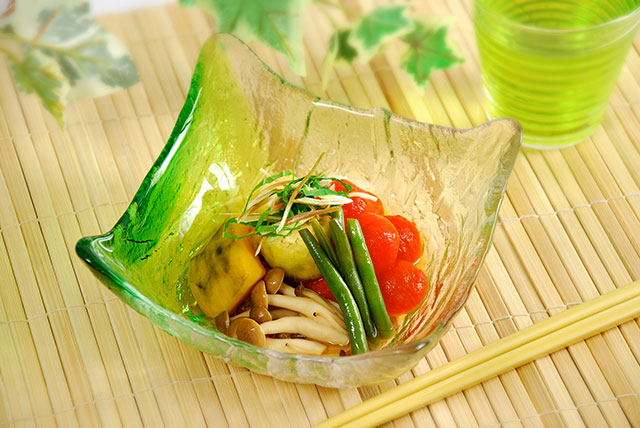Month: February 2016
A Day In The Life
Read more: A Day In The LifeWell, maybe it’s more than a day, but I’ve always wanted to use that title.…
Japanese Street Food: Crepes
Read more: Japanese Street Food: CrepesLast month we featured savory, comforting, delicious ramen. This month… crepes! More specifically, Japanese-style crepes.…

Essentials of Japanese Cooking: Vinegar & Soy Sauce
Read more: Essentials of Japanese Cooking: Vinegar & Soy SauceLast month, we started our Essentials of Japanese Cooking series with the first two ingredients…
Zojirushi’s Gourmet Sizzler® Electric Griddle – EA-DCC10
Read more: Zojirushi’s Gourmet Sizzler® Electric Griddle – EA-DCC10Pancakes, pancakes, and more pancakes. It’s winter and we all want the warmth of comforting…
What is Rice Really?: Short-Grain Rice
Read more: What is Rice Really?: Short-Grain RiceWe’re back this month with our second blog about rice and the deep relationship we,…